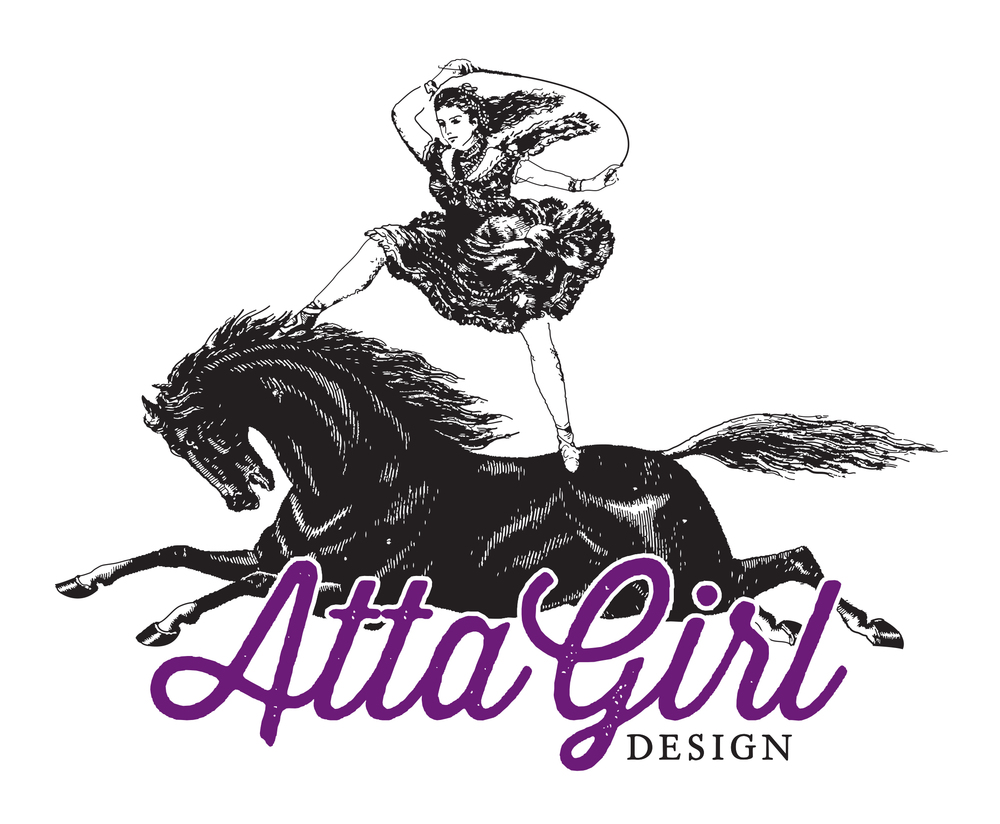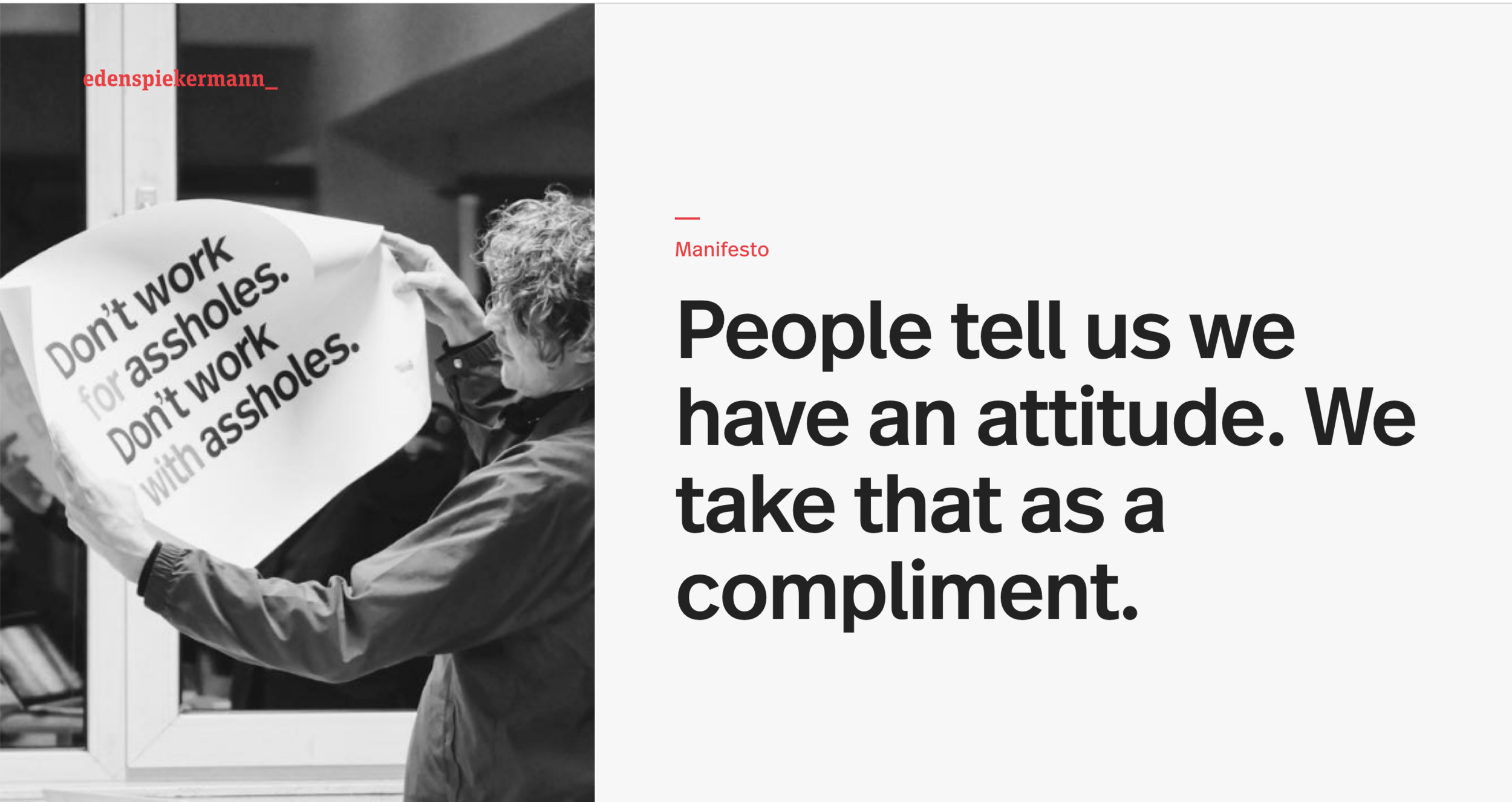THE CHALLENGE
Create a series of positioning statements and approaches that address the strategy already outlined for your project plan. Show evidence of how trends (and other emergent fields of practice) can be evaluated, to ensure the direction of your strategy is effectively aligned to your project requirements. Please ensure your approach is innovative, original and brings new insights to the given subject area.
Develop a mood board to show a minimum of three different positionings, with each expressed visually and titled appropriately.
Amended challenge per Stuart (November 4, 2019)
Write 1 positioning/mission statement to outline your project goal.
Create 3x mood boards (with captions) that visualize your research into trends, that are appropriate to your project brief, and how they could be utilized to deliver your project goals.
POSITIONING STATEMENT
Ideas can be deeply personal. Creative expression can be extremely vulnerable. And for high school students, image can be everything. Bringing this altogether can be a recipe for imposter syndrome — a very real dilemma — one that faces nearly every person at sometime in their life. Creatives can be especially impacted by imposter syndrome. The XX (name to be determined) app is aimed to shed a light on imposter syndrome: to support inclusiveness and diversity, and to serve as a dialogue-starter in the young creative community. The aim: to provide an experience of belonging and awareness, and to normalize the impacts imposter syndrome. Breaking the cycle early, can help to create a clear path forward for young creatives to grow into healthier creative professionals.
If imposter syndrome can be openly discussed, shared, and normalized in the creative communities of high school students, they may be more confident, grounded and encourage them to explore a creative career path.
MOOD BOARD 01 :: Mobile Apps and Design Trends
Forecasting apps for teens is like predicting a winning lottery number. Given the studies into Generation Z, it is appropriate to say that there is no clear way to predict which apps and what types of apps will be most popular, but there are some insights. Vibrant colors, clean type, custom illustrations are all design trends we can expect in mobile app design in 2020. Currently, the mobile apps that are most resonant to teens and applicable to my project are: VSCO, TikTok, and Instagram. I’ve also included a wellbeing app UI/UX: Buddify.
MOOD BOARD 02 :: Health & Wellness Trends
Studies show more and more people flock to apps to address health and wellness concerns and curiosities. Teens are no different. The top health and wellness apps for teens are: Fooducate, Sleep Cycle, Spring, Waterlogged, and Grapefruit Journal.
MOOD BOARD 03 :: Generation Z Archetypes
You can’t lump an entire generation into one lump. Well, you can, but it might not work when you go to engage with them. Several studies have been conducted to unpack the psychographics of Gen Z. This mood board give a brief glimpse at this varied group.
REFERENCE
Behance. (n.d.). 2020 Design Trends. Retrieved from https://www.behance.net/gallery/86124977/2020-Design-Trends.
Five data trends that are shaping the future of healthcare ... (n.d.). Retrieved from https://www.wired.co.uk/article/data-trends-shaping-healthcare-future-ey.
Flora, C. (2018). Are Smartphones Really Destroying the Adolescent Brain? Scientific American, 318(2), 30–37. Retrieved from https://doi.org.ezproxy.falmouth.ac.uk/10.1038/scientificamerican0218-30
Johnson, D. (2019, September 9). 50 predictions for the EHS world in 2030. Retrieved from https://www.ishn.com/articles/109878-predictions-for-the-ehs-world-in-2030.
Ologie (2015) This is Gen Z. ebook
Rickes, & C., P. (2016, July 1). How Gen Z Will Continue to Transform Higher Education Space. Retrieved from https://www.questia.com/library/journal/1G1-471001699/how-gen-z-will-continue-to-transform-higher-education.




